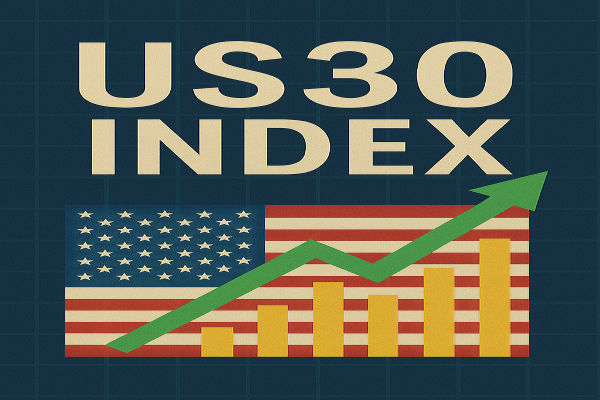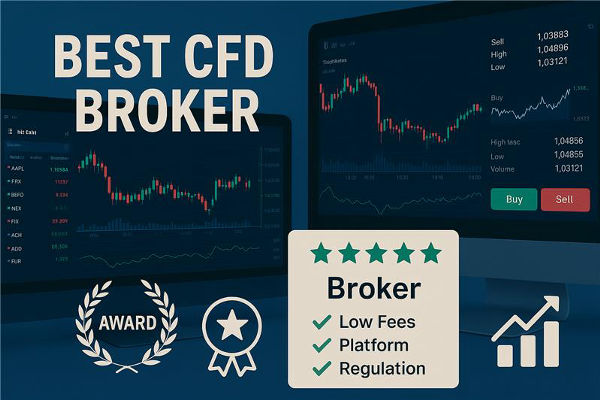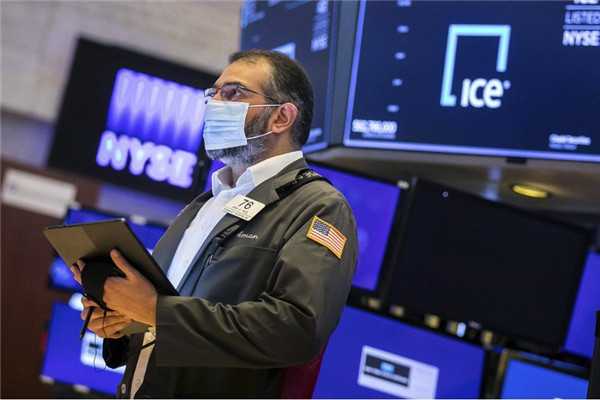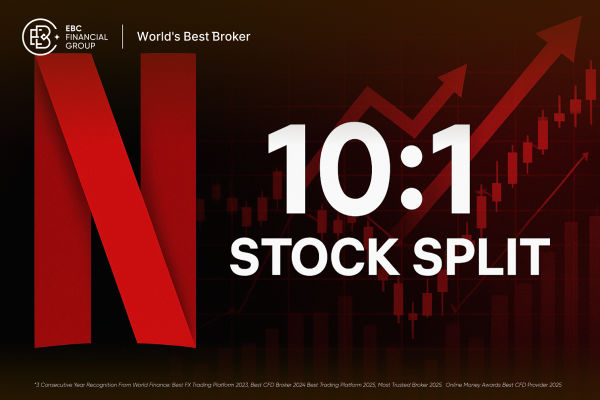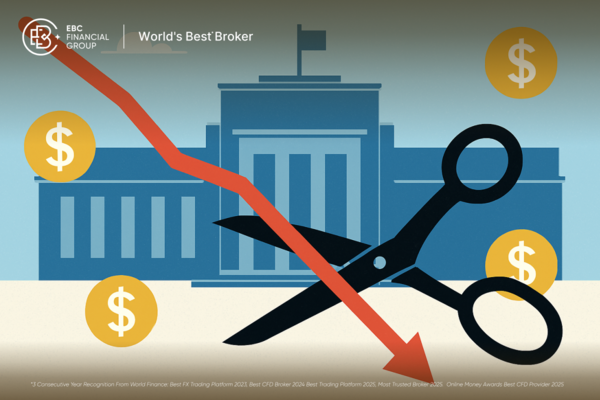The US30, also known as the dow jones industrial average (DJIA), is a widely-watched stock market index that represents the value of the 30 largest US-registered corporations. It is a price-weighted average, meaning companies with the highest share price exert the most influence on the index. As of August 2022, UnitedHealth Group Inc. sits at the top with just over 10% of the index's total weight. The index is one of the most-watched indices in the world due to its short list of companies.
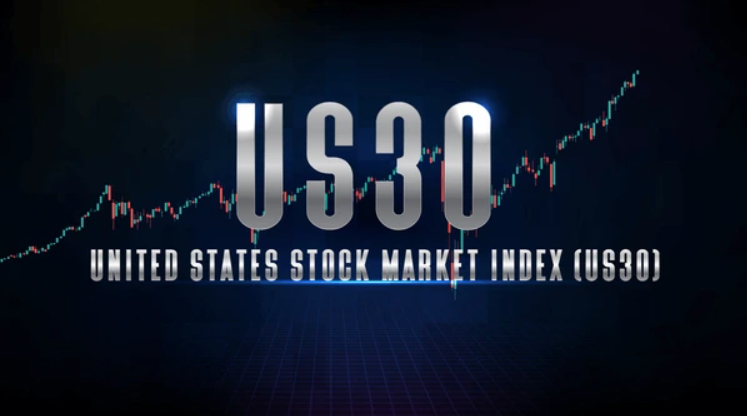
The US30 index is a widely followed benchmark of the U.S. stock market and a key measure of investor sentiment. It is calculated by summing up the Stock Prices of the 30 companies and dividing by a divisor to adjust for changes in the index's composition and stock splits. The index is denominated in U.S. dollars, which means that traders can take advantage of the interest rate differentials between the U.S. and other countries to earn carry trades. The US30 index is characterised by high liquidity and trading volume, making it an attractive asset for traders who seek to profit from short-term price movements.
Historical Performance of US30
The US30 index, known as the Dow Jones Industrial Average, boasts a storied history dating back to its inception in 1896 by Charles Dow and Edward Jones. Over the decades, the index has evolved, reflecting the dynamic nature of the U.S. economy. It has seen numerous changes, with companies being added and removed to ensure it represents the value of the 30 largest U.S.-registered corporations. Despite these changes, the US30 has remained a steadfast benchmark of the U.S. stock market. Its resilience is evident in its ability to weather economic downturns and market crashes. For instance, during the 2008 global financial crisis, the US30 experienced a significant decline of approximately 30%. However, it demonstrated remarkable recovery, reaching new highs in the subsequent years. In recent times, the US30 has continued its upward trajectory, achieving record highs in 2020 and 2021. This strong performance is largely driven by the growth of large blue-chip companies, including Apple, Microsoft, and Boeing. These companies, among others, play a crucial role in the index's overall performance, underscoring the importance of the US30 in the global financial landscape.
Market Dynamics and Trading
The US30 index market can be affected by a wide range of economic, political, and external factors that impact the performance of the 30 companies included in the index. Causes of US30 price movements include general uncertainty around major world economic influences such as energy prices, war, political unrest, and tariffs. Economic data from the US, including FOMC decisions, unemployment rates, inflation, and geopolitical events, also influence the US30. Market fluctuations can be influenced by FOMC unemployment rates and inflation.
Key Economic Indicators Affecting US30
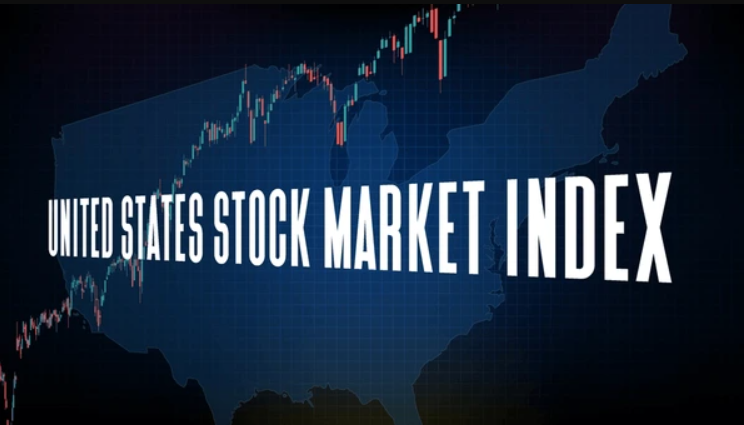
The performance of the US30 index is intricately linked to various economic indicators, which can significantly influence the companies within the index. One of the primary indicators is GDP growth. When the U.S. economy is expanding, companies tend to increase production and hiring, leading to higher profits and, consequently, higher stock prices. Conversely, during economic slowdowns, companies may cut back on production and hiring, resulting in lower profits and stock prices. Inflation is another critical factor affecting the US30. High inflation can erode profit margins as companies face increased costs, which can negatively impact their stock prices. On the other hand, low inflation allows companies to maintain healthier profit margins, potentially leading to higher stock prices. Interest rates also play a pivotal role in the performance of the US30. Lower interest rates make borrowing cheaper for companies, which can boost their profits and stock prices. Conversely, higher interest rates can increase borrowing costs, potentially leading to lower profits and stock prices. These economic indicators collectively shape the performance of the US30, making it essential for traders to monitor them closely.
Trading US30 Index
Trading US30 involves speculating on the future price movements of the index. Traders can take either a long (buy) position if they anticipate the index will rise or a short (sell) position if they predict a decline. To trade US30 effectively, consider implementing strategies such as technical and fundamental analysis, risk management practices, and staying well-informed. With Pepperstone, you can trade the US30 with a minimum average spread of [insert pips] and leverage up to [insert leverage].
Technological Tools for Trading US30
In today's digital age, a plethora of technological tools are available to facilitate trading the US30 index. These tools range from online trading platforms to mobile apps and Automated Trading systems, each offering unique features to enhance the trading experience. One of the most popular online trading platforms is MetaTrader 4 (MT4). MT4 provides traders with a comprehensive suite of technical analysis tools, including charts, indicators, and expert advisors. The platform also offers real-time market data and robust risk management features, making it a preferred choice for many traders. Mobile apps like TradingView have also gained popularity among traders. TradingView offers real-time market data, advanced technical analysis tools, and risk management features, all accessible from the convenience of a mobile device. This allows traders to stay connected to the market and make informed decisions on the go. Automated trading systems are another valuable tool for trading the US30. These systems use sophisticated algorithms to analyse market data and execute trades automatically, reducing the risk of human error and increasing trading efficiency. By leveraging these technological tools, traders can enhance their ability to trade the US30 effectively and potentially achieve better trading outcomes.
Strategies and Tips for Success
To effectively analyse the US30 index, traders can use a combination of technical, fundamental, and sentiment analysis. Technical analysis can help traders identify patterns and trends in the market and make predictions about future price movements. Fundamental analysis can help traders understand the underlying drivers of the index's performance and make more informed trading decisions. Sentiment analysis can help traders gauge market sentiment and identify potential trading opportunities.
Conclusion
In conclusion, the US30 index, also known as the Dow Jones Industrial Average (DJIA), is a widely followed stock market benchmark that tracks the performance of 30 major U.S. corporations. It is characterised by high liquidity, volatility, and sensitivity to economic and political events. Traders can use a combination of technical, fundamental, and sentiment analysis to assess the US30 and make informed trading decisions.
When trading US30, traders should always use proper risk management techniques, such as stop-loss orders and appropriate position sizing, to protect against market volatility and manage risk effectively.
Disclaimer: This material is for general information purposes only and is not intended as (and should not be considered to be) financial, investment or other advice on which reliance should be placed. No opinion given in the material constitutes a recommendation by EBC or the author that any particular investment, security, transaction or investment strategy is suitable for any specific person.








